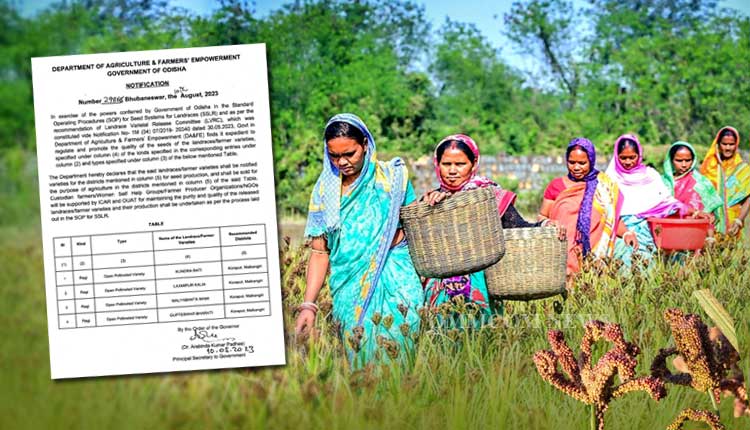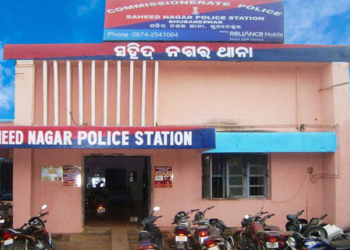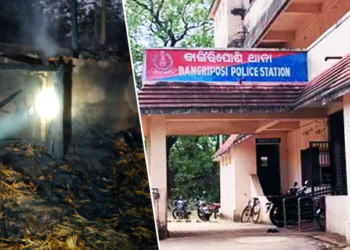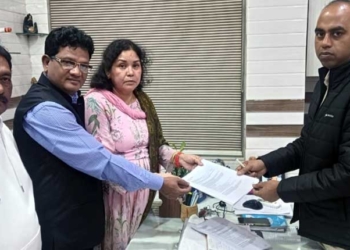Bhubaneswar: Odisha has become the first State in the country to formally release four Millet Landraces as varieties. The landraces/farmer varieties namely Kundra Bati, Laxmipur Kalia, Malyabanta Mami and Gupteswar Bharati shall be notified varieties for the districts of Koraput and Malkangiri for seed production and shall be sold for the purpose of agriculture. Custodian farmers, women and farmer collectives would now be supported by research organizations to maintain the purity and seed multiplication of these landraces.
The Department of Agriculture & Farmers’ Empowerment of Government of Odisha has released four landraces of finger millet (ragi) under seed system. Their production will be undertaken as per the process outlined in the SOP for Seed System for landraces. These traditional varieties have adapted to the local situations. They have better tolerance to pest and climate changes. These traditional landraces often perform better in organic farming conditions.
Initially released for Koraput and Malkangiri, it will be extended to other districts based on performance and acceptability of the community, said Agriculture & Farmers’ Empowerment Minister Ranendra Pratap Swain.
The Minister informed that Odisha Millet Mission (OMM) and Indian Institute of Millets Research (IIMR) shall jointly prepare a roadmap for national release of landraces. Roadmap will be submitted to Department of Agriculture & Farmers’ Empowerment Welfare, Government of India. These four landraces will also be tested in the 10 agroclimatic regions of Odisha.
Department’s Principal Secretary Dr Arabinda Kumar Padhee said, “It is my immense pleasure to be part of this novel initiative. Promotion of landraces is about respecting the heritage and efforts of tribal farmers in conservation of the ancient grains (millets) since time immemorial. Our tribal farmers have been the custodians of the agro-biodiversity which forms the bedrock for agriculture research, climate resilience and well-being of the society. Seed systems for landraces (SSLR) is a unique initiative where a traditional landrace is notified as variety and released into the seed chain. This is truly one of its kind in the annals of agriculture policy space, in the country, perhaps in the world. I commend all the stakeholders, namely custodian farmers, National Agriculture Research System, State Agriculture University, civil society partners and my OMM team who played a vital role in making this a reality. I personally feel humbled to have been part of the initiative and reiterate the commitment of our department to take this initiative forward.”
Government of Odisha launched OMM in 2017 to revive millets in farm and plates. One of the objectives of OMM is conservation and promotion of indigenous landraces through seed system for landraces. Odisha is also home to 62 tribes. Tribal communities have a rich tradition of conserving local varieties of millets. A working group on seeds under OMM was constituted with eminent experts, agriculture scientists and grassroot seed conservators to develop such a process.
Through these process, 163 millet landraces were identified out of which, 14 landraces have shown very good performance. Out of 14 traditional varieties which have performed good in participatory varietal trial of ragi in different districts further shortlisting was done and four varieties namely Bati, Mami, Kalia and Bharati performed well.
These four varieties undergone further purification and multi-location trial. After undertaking necessary trials, for the first time in the country, the Department of Agriculture & Farmers’ Empowerment of Government of Odisha developed a standard operating procedure for reproduction, evaluation and release of those traditional landraces through seed system for landraces under Odisha Millet Mission.
This was done in consultation with Indian Council of Agricultural Research (ICAR), Odisha University of Agriculture and Technology (OUAT), technical experts, field NGOs and most importantly custodian tribal farmers. In addition to standard scientific parameters such as yield, taste, climate resilience, pest resistance, cultural preference and other work has considered during the developments of guidelines. For first time in the country, custodian women farmers were included as the members of varietal release committee.







































